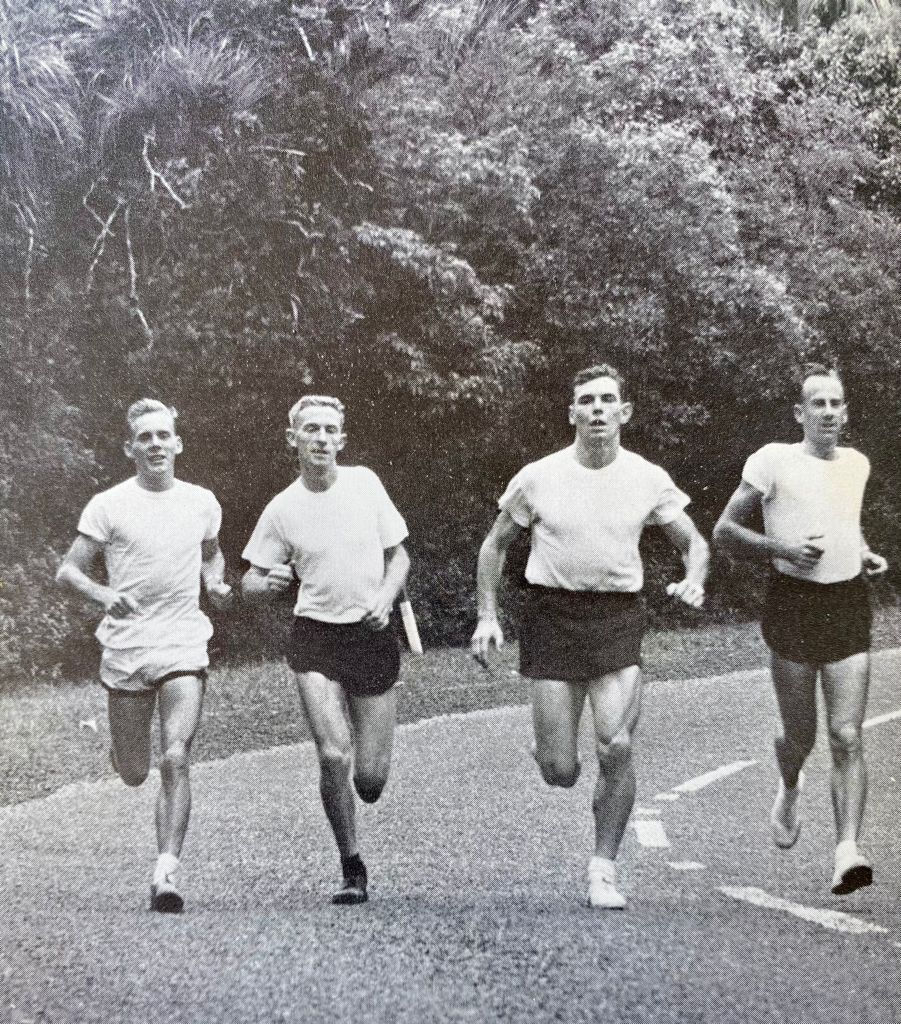Running on soft surfaces
- Brett Sutton

- Mar 30, 2021
- 4 min read
Updated: Apr 4, 2025

Debunking the myth of we must run on soft surfaces! After we put a photo of our Olympic hopefuls on social media, showing them running an interval workout on the road, as our usual training park and run track were closed, we received a number of well meaning comments about running on such a hard surface, and would we not seek out some trails or grass? So I thought I should write a blog of why we run on bitumen roads, for the majority of our training where we seek out bitumen road surfaces. First up, the comment from readers that the Kenyans run on dirt roads. Thus let's start there by pointing out that in the Rift Valley, there are only dirt roads - there are no bitumen roads at all. Also the word 'roads' is key, as having personally visited Kenyan training camps and viewing over 100 run workouts, not once did I observe a workout that was not on their 400m dirt track, or on roads. Runners did not seek out soft trails, of which there were many, and never did I observe a soft trail run. One can debate how soft the Kenyan roads are, however it was my experience that while some had an ever so small layer of dust on them, most were very solid under foot. On two other occasions I spent two periods of two weeks living in the same hotels as the elite Kenyan runners who travelled to Australia to race in the Australian athletic events. In that time they never once asked to be taken to a park to run. In fact we had arranged buses to take athletes and members of the Australian team to 'suitable' venues to run, even to go to a track. However, it was my observation that when the Kenyan's knew this required a 20 minute bus ride, none got on the bus. Only the Australians and a few European runners. The Kenyans would just don their gear and run from the hotel, no matter the location or traffic. I remember vividly one day when they were going to run 8 x 400m, they refused to get on the bus. I actually went with them on the warm up. 30 minutes into the run one of them said 'Here is good', 'Here?' I questioned bemused. 'Yes very good'. We'll ran from this grey parked car to the red one over there. It made for a very surreal sight, 5 Kenyans in the middle, and I mean middle of downtown Sydney, tearing up the road at ridiculous speeds to the bemusement of lunch time crowds at Darling Harbour! Boom off they went, with not a worry in the world. Not quite so for the race promoter who had his hair on fire, suggesting to them 'if I don't get a 5000m race under 13 minutes, I won't pay you'! This had little effect on their demeanor, so even I went and had a word to the boys that 'he is serious, he won't pay'. However they assured me 'Mr doc, don't worry, sitting on the bus for half a day is not good for us'. At the track meet, they did indeed produce a sub 13 minute 5000m, were paid their fee, and embarrassed the rest of the field with the winner dropping a sub 56 second last lap. My point is they didn't need, or want to find a 'soft surface'. Here is a big tip to help your running. I'm going to quote Arthur Lydiard, I suggest you read about him, as so much of our run philosophy in triathlon comes from this man. He actually banned his runners from running on grass or trails that he had not scoped out beforehand. Yes, they would do track on grass if he thought the surface was well groomed, but all other runs were done on flat (not cambered) bitumen.
'So many injuries in running happen because of uneven soft trails, tree roots, acorns (he was from New Zealand), potholes, irrigation insets. The amount of injuries that are not caused by actual running staggers me' was his analysis. I'm on the Lydiard team here, as it amazes me too. His long runs were legendary, and were thought insane for 800m and 1500m runners back then. We are talking about back in the 1960's, yet his team had very few injuries while clocking up 200km per week on bitumen roads. I've used this word a lot and for good reason. Bitumen does have some give in it. It's a super surface to run on. Indeed after tracks evolved from grass to dirt, the next innovation was a type of bitumen, before we got to the rubberised surfaces of today. We make this proviso, we do not, I say again, we do not run on concrete wherever possible; and we add tile surfaces to that - we avoid these like the plague! However, we love flat bitumen road surfaces and have had super success not just in performances but also in injury management. After our social media photo, as one of our fb messages commented 'That's what some of us regular folk have to do all the time....' , I'd like to say, don't have a pity party if you don't have trails or soft park surfaces. You can be running on the best surface right out of your front door. Just the way I see it.




Comments